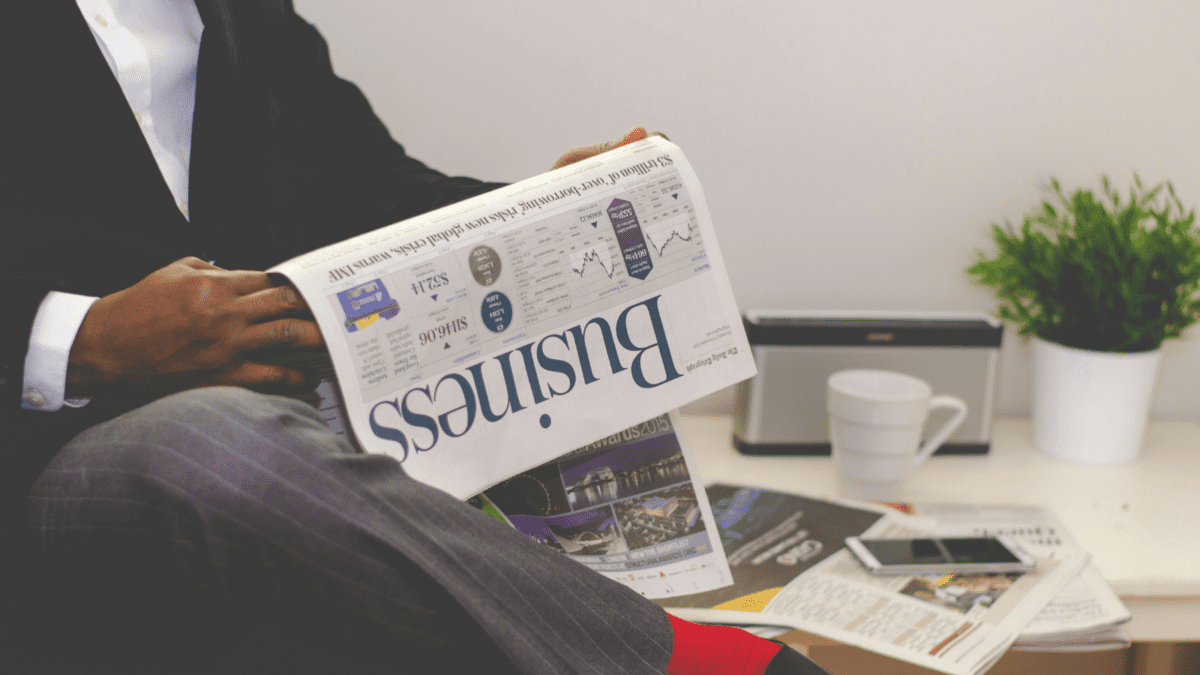Active ETFs, ETMFs, LITs – The future is here
The Australian exchange-traded fund (ETF) sector has seen stellar growth in recent years: after finishing 2020 at $94 billion, it likely surpassed $100 billion in assets under management in early 2021. As is the case for many aspects of financial markets, the structure, opportunities and purpose of these funds seem lost on the army of DIY investors.
According to industry participants, of the estimated $20 billion that was invested into ETFs in 2020, just $2 billion went into actively managed products. However, the tide may be starting to turn with predictions that as many as half the expected ETF listings in 2021 may be actively managed products. Magellan has been a key proponent of the structure, undertaking an extensive restructuring of their product offering in an effort to simplify their administration and reduce their costs.
There is a significant amount of complexity around the varying structures and their benefits, but particularly the differences between the ever-popular listed investment company (LIC) structure. The most important distinction for investors lies in the initials, whether it is an exchange-traded managed fund (ETMF), active ETF or listed investment trust (LIT), these are ultimately quite similar vehicles. At their most simple, they offer the opportunity for investors to access a broad range of investments, along with professional management, in a single holding.
Listed investment companies, as their name suggests, lie at one end of the spectrum. The company structure means that the income of the investments they hold is subject to company tax rates and any dividends they pay are ‘declared,’ as they are for any other ASX-listed company. The tax implications of a company structure mean these investments can (and regularly do) trade at both discounts and premiums to their fair values.
ETMFs, active ETFs and LITs on the other hand are all trusts rather than company structures. What this means is that they act simply as a pass-through vehicle for income and capital gains. Rather than paying tax within the entity like an LIC, or declaring a dividend from annual profits, these trusts simply pass on whatever dividends they receive and capital gains they realise.
So what do the new structures mean?
- Exchange traded managed fund (ETMF)- As the name suggests, these are exchange traded versions of the managed funds held in many Australian portfolios. They are actively managed and the role of ‘market maker,’ or the party which ensures the price remains in line with the assets, is the manager itself. The dual nature of these funds is such that reporting is traditionally limited to just the top ten investment holdings.
- Active exchange traded fund – Again, these are simply traditional ETF structures, but which are managed actively, rather than simply following a benchmark index like the ASX 200 or S&P 500.
- Listed investment trust – LITs as they are broadly known carry similarities to both ETFs and LICs. Put simply, they are listed unit trusts, meaning all income is passed through to the unitholders. They are, however, closed-end vehicles, meaning they do not issue new units for new investors, rather you must purchase those already on issue; this means they can trade at premiums and discounts to their underlying assets.
There are clear benefits to fund managers issuing these products, particularly where they (like Magellan) are able to combine both a traditional unlisted and listed managed fund in the same structure. This allows them to reduce what can at times be as many as seven or eight individual trusts for each underlying fund, and thereby reduce their costs. Ultimately, lower costs for a fund manager should mean lower costs for the investors.
For investors the benefits are similarly obvious: the ability to invest into some of the world’s leading investment managers in a single click. Gone are the days when you needed to complete a 20-page application form, send in your certified trust deed and identification, just for the pleasure of investing into a fund. You can now hold many of these funds alongside your existing direct share portfolio without any further paperwork. Most importantly, the documentation is easy to access come tax time.
There is a fast-expanding range of active ETFs and ETMFs available in Australia, primarily from well-known issuers including Fidelity International, Platinum Asset Management, Montgomery Investments, Antipodes Partners, Legg Mason, K2, AMP Capital, Schroders, Hyperion and Loftus Peak. It is important to note that the majority of these products are managed in the exact same way as they unlisted counterparts.









